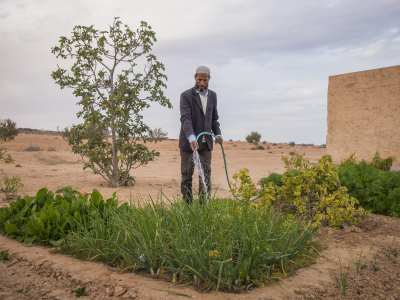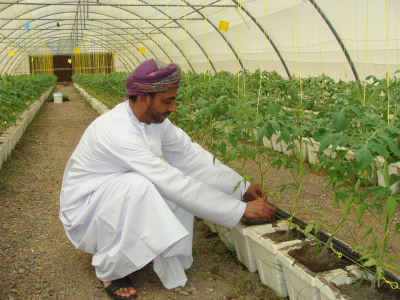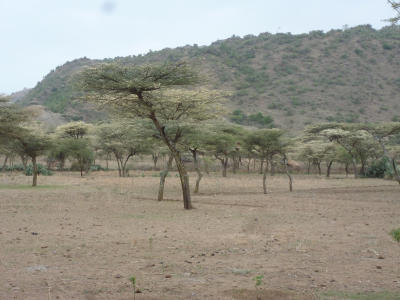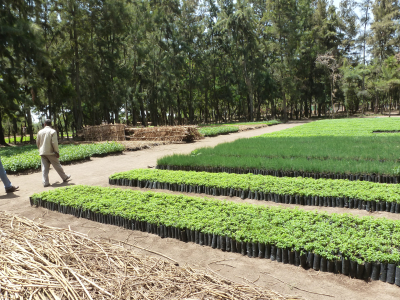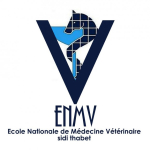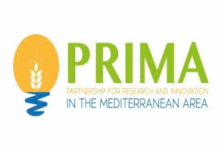Objective 1: To develop an early warning monitoring system based on entomological and serological surveillance and on data related to climatic and environmental conditions. This will strengthen the national and regional resources and capacities, and harmonize surveillance and control activities.
Objective 2: To introduce innovative diagnostic tools, including portable next generation sequencing (NGS) platforms to be used in the field. This will refine current diagnostic, reducing costs and increasing speed and accessibility.
Objective 3: To update the molecular epidemiology picture of BTV and of potential novel viruses (including EHDV and atypical BTV strains) from ruminants and camelids sampled in Tunisia, Egypt, Italy and France. Whole genome sequence data obtained by NGS will be used to assess the phylo-geography of the strains.
Objective 4: To create a Disease Monitoring Dashboard (DMD) web system application by using Web Geographic Information System, disease data, climatic and environmental remote sensed data, and full genome sequences of selected isolated strains. This will provide epidemiological tools and will efficiently disseminate real-time disease outbreaks to the end users.
Objective 5: To develop an antigenic cartography map for BTV isolates already available in the partner countries including vaccine strains, and for those collected during the project frameworks. Thiswill be used to check the antigenic correlation of BTV strains available in the partners’ laboratories and of those strains collected during the project activities.
Objective 6: To produce, in a small scale, a prototype inactivated vaccine for BTV-3. This will help to control the new BTV-3 spread in the Mediterranean region.
Objective 7: To understand the temporal links between Northern African and Southern European (Italy and France) BT epidemics. This will identify the drivers of strains and vector spread at a range of geographical and temporal scales.
Objective 8: To assure a successful and efficient project coordination and to set up and timely put in place
